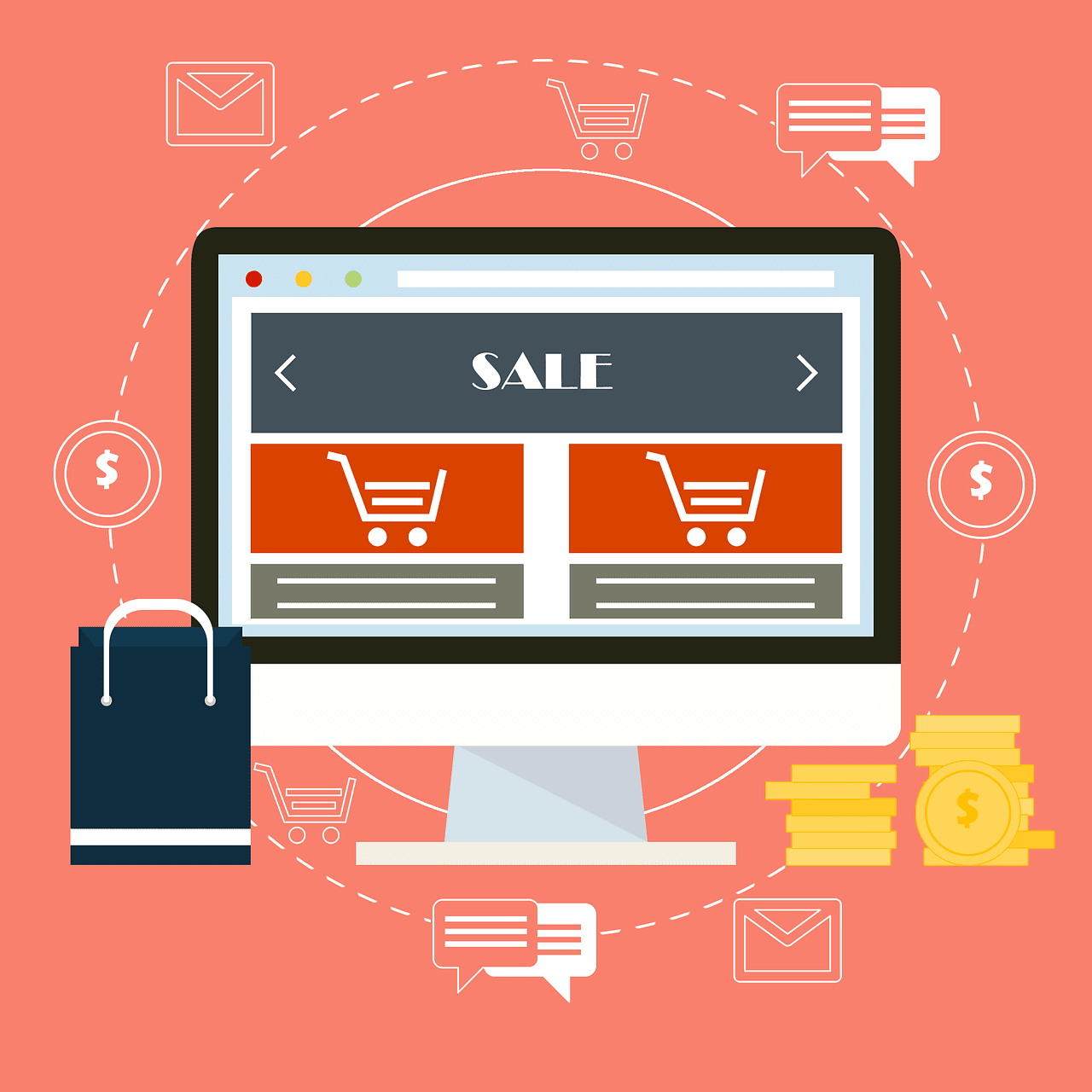
Conversational eCommerce & Keeping Your Business Up-To-Date
The future is already here, and if you’re not looking forward, you’re falling behind. With technology as one of the biggest drivers of commerce, things are changing faster than ever in this global marketplace. In order for a business to connect with their consumer base, they need to keep up with the times. Failure to do so will make them out-of-touch and inaccessible. But you should already know all of that. These sorts of principals are easy to grasp in the abstract, but practicalities can often be elusive. That’s why we’re here today—to bring you up to speed!
eCommerce Development Trends
Technology changes fast, yes. It’s also true that, as each generation gets older, they struggle to understand the value of new technological services. But the ultimate goal of technology has always been to simulate and mimic reality. It’s supposed to be intuitive. But when it comes to commerce, the reality is that people really just want to talk to other humans.
Why? Simple. Because they want to have a CONVERSATION!
In 2017, the Artificial Intelligence (AI) being developed by Apple (Siri), Facebook (M), and Microsoft (Cortana) have made enormous strides towards simulating a natural conversation. Maybe it’s not quite on-par with talking to an actual human, but it’s SHOCKINGLY close.
So how does this relate to eCommerce?
AI Applications for eCommernce
Think about the buying process in its easiest form. It goes something like this…
You don’t do any of the research for yourself. You just ask somebody that you trust. You tell them, in general terms, what you’re looking for. You might not have exact details at the start of this conversation—just enough to get the ball rolling—but as the conversation progresses, this person will help you find exactly the right product. That’s the dream, right?
Now, imagine that this conversation happens entirely via text message. Maybe you text them (for example), “I’m looking for something to wear to my job interview. It’s business casual.”
Imagine that, in a single response, this person is able to recommend you an outfit that you’re likely to love based on your previous choices, and instantly text you an eCommerce link with your size and credit card information pre-loaded, so that all you have to do is press “buy.” Doesn’t that sound insanely convenient? It’s almost inhumanly convenient…
Thanks to the smart people of Silicon Valley, these sorts of conversations can be handled completely by bots.
Facebook recently launched its own version of Siri, Google Now, and Cortana, named ‘M,’ who is already beginning to help people in more comprehensive ways than was previously possible. Facebook already knows its users better that nearly any other platform out there, so this helps them tailor their support in more meaningful ways.
Also competing in this space are platforms like Magic, which provides premium do-it-all assistance via text message, and Zirtual, which gives entrepreneurs and small teams virtual assistants, kind of like Jarvis for Tony Stark. (anybody? anybody?) And for small business owners, Kit can even act as a virtual employee!
These platforms all stem from simple messaging apps. These apps have proven themselves to be the most effective way to connect with consumers because they are where actual conversations occur.
Messaging apps are already poised to dominate the payment space. Snapchat has already introduced Snapcash, where you can literally ‘snap’ money to your friends. Facebook has introduced similar functionality into its Messenger app. With rapid advancement in blockchain technology, online payments are more secure than ever before. On our current trajectory, it won’t be long before traditional payment processes are a thing of the past. And guess what?
It’s Already Happening
Feeling skeptical? Think that these sorts of applications will never catch on as a credible method of payment? Think again. The change has already occurred.
If you want to get a glimpse of how the world of commerce functions when this sort of broad, in-app payment is normal, just take a look at China. The entire marketplace is increasingly being dominated by apps as the primary form of payment. These apps are being used for everything under the sun, including things such as hailing a cab, paying bills, purchasing plane or bus tickets, and much more.
One such app is WeChat, which began as a simple messaging platform. Today, it has nearly 650 million active users, and it has been adopted by consumers and businesses alike as a legitimate, not to mention convenient, electronic payment platform.
China and America are different in many ways, but the rules of economics are constant no matter where you live. WeChat provides irrefutable proof-of-concept for this type of payment, and the American tech giants have already made inroads developing similar platforms.
Will these sorts of payment platforms come to full fruition in 2017? Probably not. But make no mistake: they will be here soon. The first rule of running a successful business is to make yourself easily accessible to your consumers. Apps like Venmo and Square Cash have already been wildly successful among American consumers, so your business would do well be proactive in adopting new technologies such as this.
If you don’t, you’ll get left behind. Consider yourself warned!